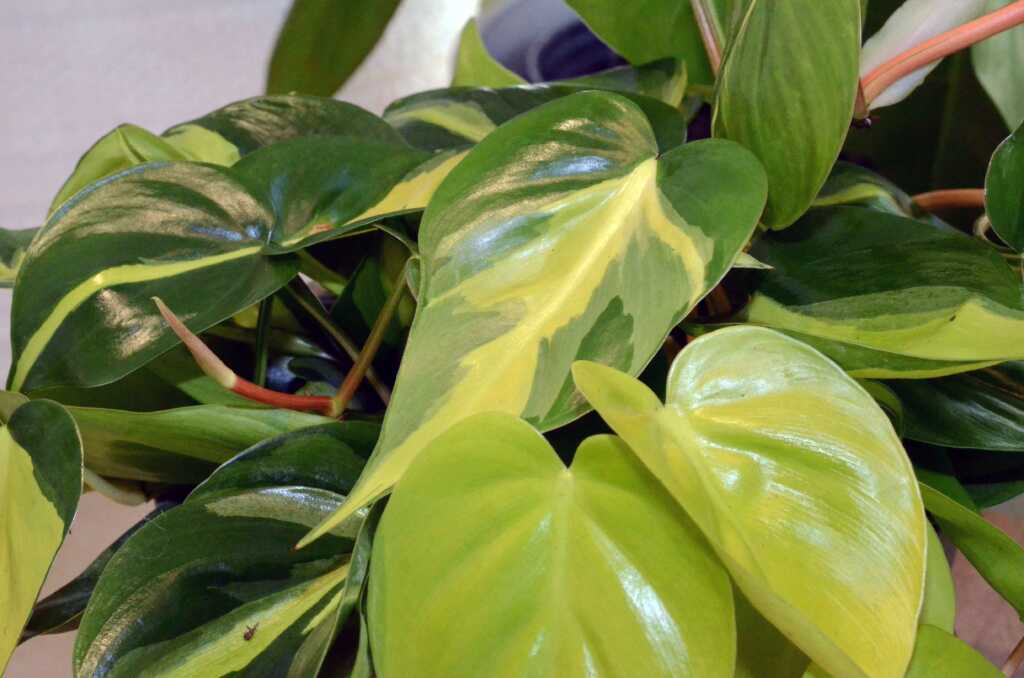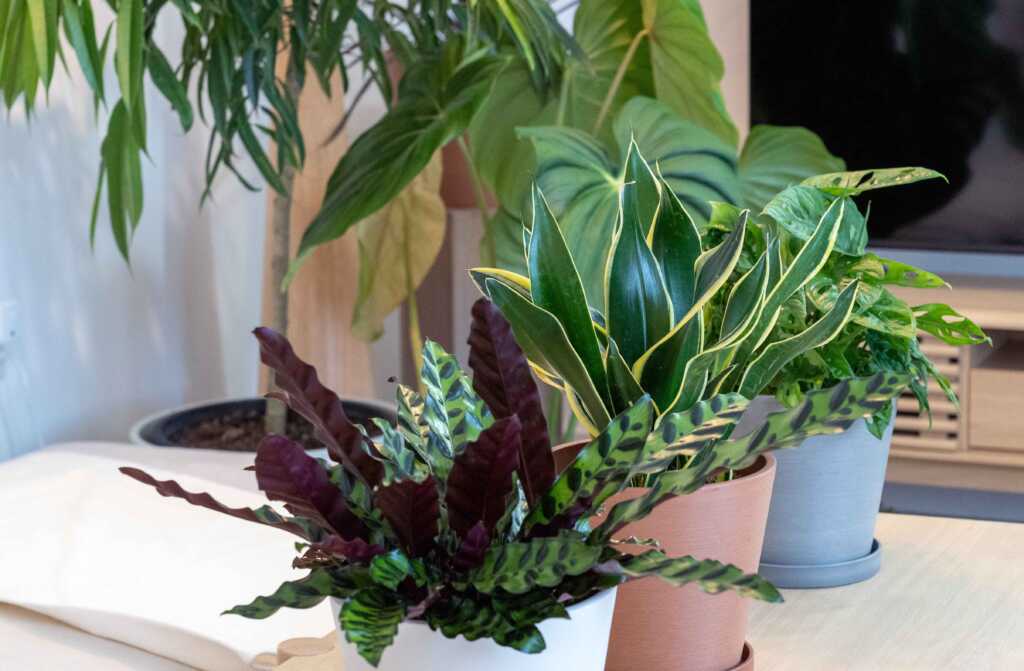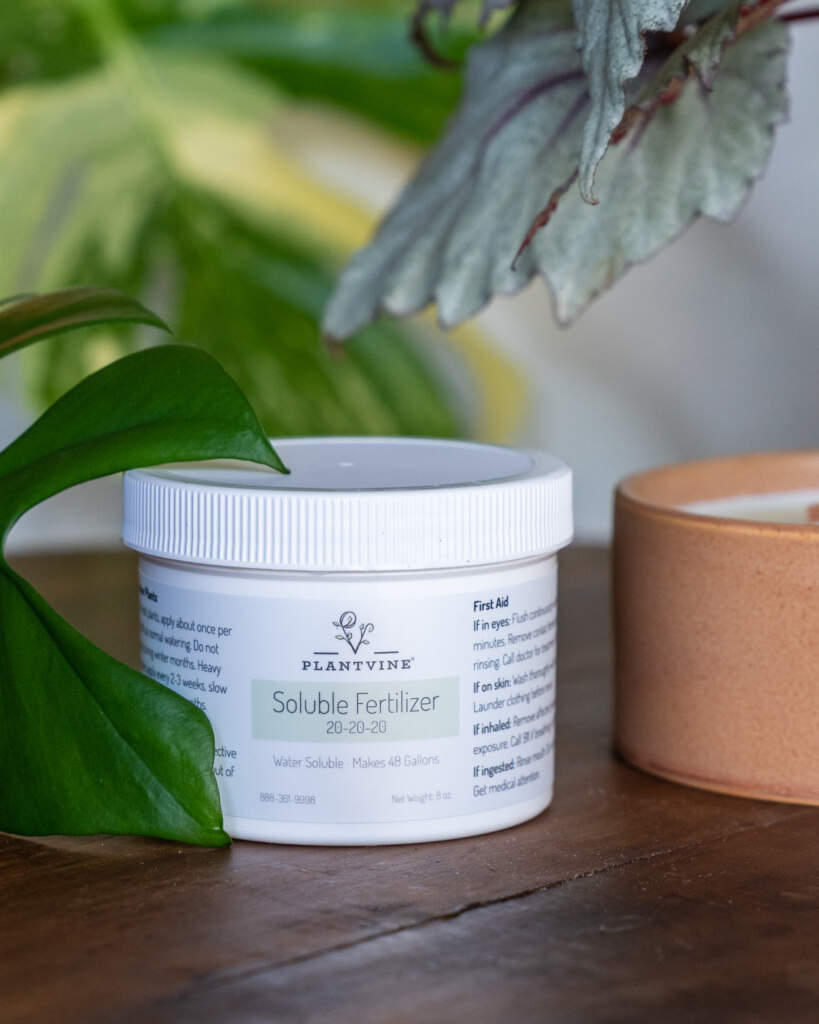
Keeping the leaves of indoor houseplants healthy and shiny is not just about aesthetics; it’s a testament to the well-being of your green companions. In the cozy confines of our homes, plants bring a slice of nature’s serenity, their lush foliage acting as natural air purifiers and mood enhancers. However, the urban jungle comes with its own set of challenges for these domesticated wildlings. From dust accumulation to the subtle signs of neglect, the vibrancy of their leaves can diminish, affecting both their health and decorative appeal.
To embark on a journey of nurturing radiant houseplant foliage, it’s essential to understand the delicate balance required to mimic their natural habitat. This entails more than just regular watering; it involves attentive care, from ensuring they receive the right amount of indirect sunlight to maintaining an optimal humidity level that breathes life into their leaves. Equally important is the practice of cleaning their leaves, a simple yet often overlooked aspect of plant care that not only keeps them dust-free but also enhances their ability to photosynthesize more efficiently.
In this guide, we will delve into the secrets behind sustaining the health and luster of your indoor houseplants. From selecting the right species that thrive indoors to mastering the art of leaf care, we’ll explore practical tips and tricks that guarantee to keep your greenery thriving. Whether you’re a seasoned plant parent or a novice eager to greenify your living space, this comprehensive approach to plant care will ensure your leafy friends remain as vibrant and glossy as the day you brought them home.
How to Do It:
- Soft Cloth or Feather Duster: Gently wipe each leaf with a soft cloth or use a feather duster for plants with many small leaves.
- Frequency: Once a week is typically sufficient for most indoor plants.
2. Rinsing Leaves
For plants with larger leaves, rinsing them in the sink or shower can be an effective way to remove dust and grime.
How to Do It:
- Lukewarm Water: Use lukewarm water to rinse each leaf. Cold water can shock the plant, while hot water can cause damage.
- Gentle Spray: A kitchen sink sprayer or showerhead set to a gentle flow works well.
- Frequency: Once a month, or as needed.

3. Using a Leaf Shine Product
Commercial leaf shine products can give leaves a glossy appearance. However, use these sparingly, as overuse can clog leaf pores.
How to Do It:
- Choose Wisely: Opt for organic or natural leaf shine products.
- Follow Instructions: Apply according to the product’s directions, usually by spraying lightly and wiping with a cloth.
- Frequency: Every few months or as per the product’s recommendation.
PlantVine Recommends: Chrysal Leaf Shine Spray
4. Homemade Leaf Shining Solutions
You can make your own leaf shining solutions using natural ingredients. These are safe for most plants and provide an eco-friendly alternative to commercial products.
How to Do It:
- Mild Soap Solution: Mix a drop of mild liquid soap in water. Use a soft cloth to gently wipe the leaves.
- Milk Mixture: Dilute milk with water (half milk, half water) and gently wipe leaves.
- Frequency: Once a month or as needed.
5. Using Neem Oil for Health and Shine
Neem oil is a natural pesticide that also enhances leaf shine and health.
How to Do It:
- Dilute Neem Oil: Mix a few drops of neem oil with water in a spray bottle.
- Spray and Wipe: Lightly spray on the leaves and gently wipe with a soft cloth.
- Frequency: Once a month or as part of your pest control routine.
6. Proper Watering and Humidity
Ensuring your plants receive the right amount of water and humidity is vital for healthy leaves.
How to Do It:
- Watering: Water as per the plant’s requirement, allowing soil to dry slightly between waterings.
- Humidity Trays: Use humidity trays or mist plants regularly, especially for tropical varieties.

Soluble Fertilizer
7. Balanced Fertilization
Proper nutrition is key to maintaining healthy, glossy leaves.
How to Do It:
- Regular Feeding: Use a balanced, water-soluble fertilizer during the growing season.
- Follow Instructions: Over
- or under-fertilization can harm the plant, so always follow the recommended guidelines.
8. Pruning and Cleaning Dead Leaves
Regularly removing dead or yellowing leaves not only improves the plant’s appearance but also directs energy to healthier leaves.
How to Do It:
- Sharp Shears: Use clean, sharp shears to prune dead or unhealthy leaves.
- Gentle Removal: For leaves that are loosely attached, gentle hand-pulling can suffice.
- Frequency: Inspect plants during regular watering and prune as needed.
9. Avoiding Direct Sunlight
While sunlight is essential for plants, direct sunlight can cause leaf burn, leading to dull and damaged leaves.
How to Do It:
- Indirect Light: Position plants in areas where they receive indirect but bright light.
- Sheer Curtains: Use sheer curtains to diffuse direct sunlight.
10. Using Mayonnaise for Shine
This might sound unusual, but mayonnaise can be used to clean and add shine to plant leaves.
How to Do It:
- Small Amount: Apply a small amount of mayonnaise on a soft cloth.
- Gently Wipe: Gently wipe each leaf, then use a clean cloth to remove excess.
- Frequency: Every few months or as necessary.
11. Banana Peels for Nutrition and Shine
Banana peels are a natural way to provide nutrients to your plants and add shine to the leaves.
How to Do It:
- Rubbing: Gently rub the inside of a banana peel on the leaves.
- Wiping Off: Use a soft cloth to wipe off any residue.
- Frequency: Once a month or as needed.
12. Using Olive Oil for Glossy Leaves
Olive oil can be used sparingly to add a quick shine to your plant leaves.
How to Do It:
- Light Application: Apply a small amount of olive oil on a soft cloth.
- Gentle Wiping: Wipe each leaf gently, taking care not to leave too much oil behind.
- Frequency: Sparingly, as too much oil can attract dust.
Shine On
Keeping your indoor houseplants’ leaves shiny, clean, and healthy not only enhances their beauty but also promotes their overall well-being. While commercial products are available, many natural and homemade solutions can be just as effective and often more environmentally friendly.
Remember, the key to healthy plants lies in regular care. By incorporating these methods into your routine, you can ensure your indoor garden thrives, bringing a touch of nature’s splendor into your home. Happy gardening!


